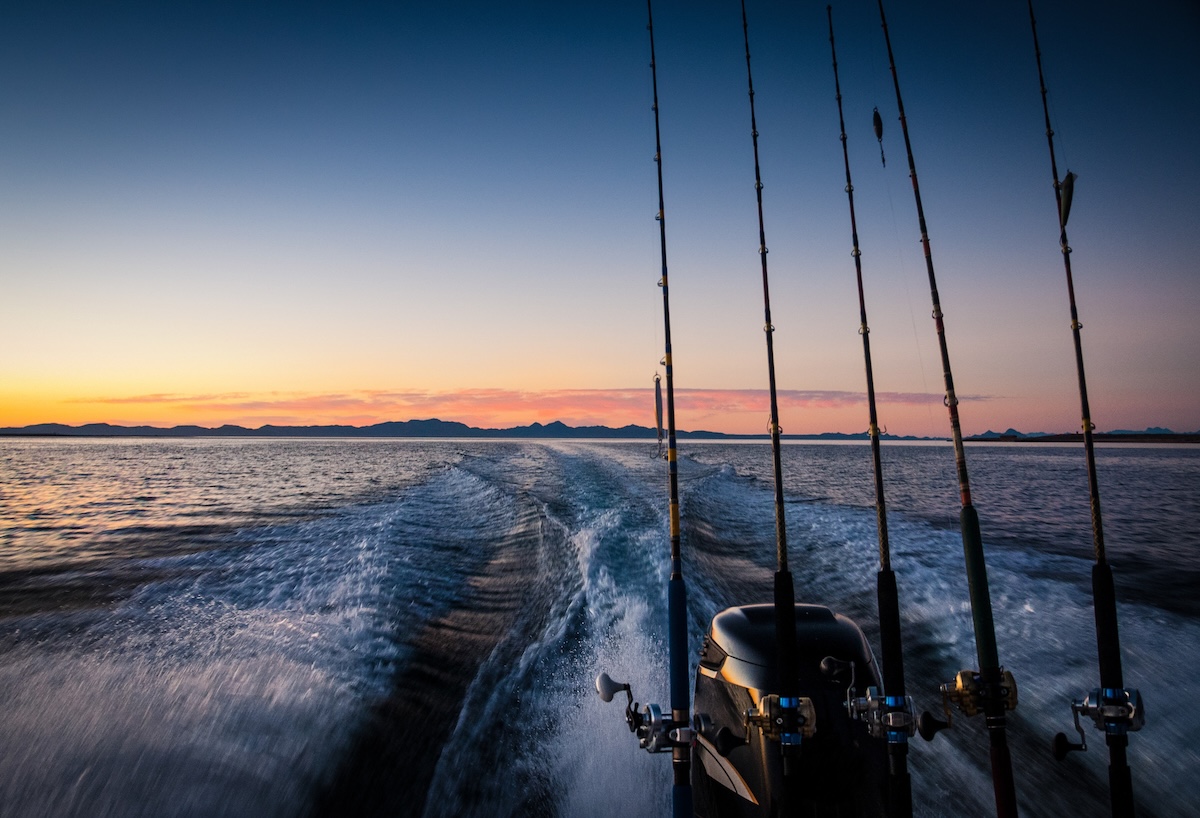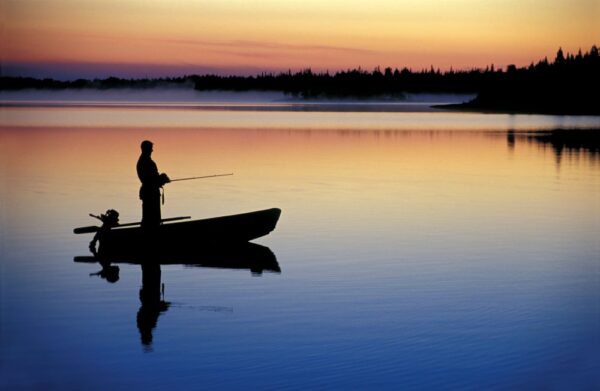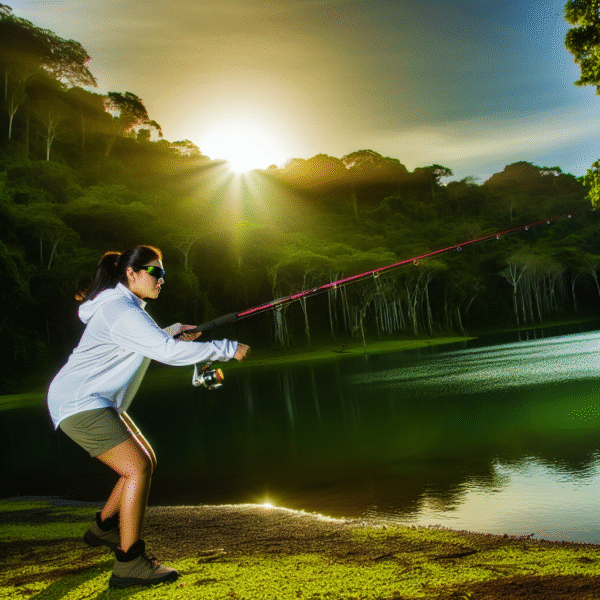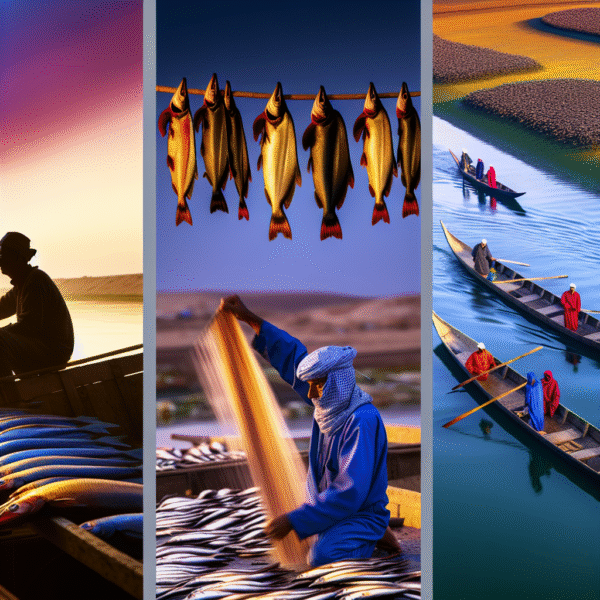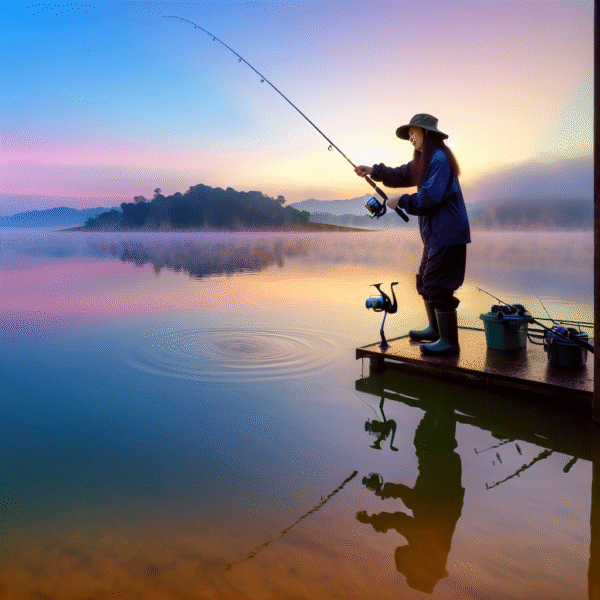Trolling for Fish: A Beginner’s Guide to Success
Trolling for fish is a popular angling method that combines strategic movement with the thrill of the chase. Whether you’re navigating quiet inland lakes or searching for saltwater giants, trolling offers an exciting and versatile way to catch a wide variety of fish. Unlike casting from shore, trolling involves pulling baited lines or lures behind your boat at a consistent speed to simulate injured prey—drawing predatory species like salmon, trout, mahi-mahi, and marlin right to your hooks.
This technique is especially appealing for families, beginners, and seasoned anglers seeking an immersive experience. With the right setup and a bit of local knowledge, trolling for fish can turn any boat ride into a rewarding aquatic adventure.
Top Trolling Destinations Across North America
Success in trolling for fish often starts with choosing the right location. From freshwater lakes to deep offshore waters, North America offers diverse terrain that caters to every angler.
1. Homer, Alaska
Homer is not only the “Halibut Capital of the World” but also a trolling hotspot for king salmon. Between May and September, trollers in Kachemak Bay slow-troll herring at 30–50 feet to target schools of migrating salmon. Trusted outfitters like Homer Ocean Charters provide guided trips for all skill levels.
2. Lake Ontario, New York
This expansive freshwater lake is ideal for summer trolling. Depart from Oswego or Sodus Point and use downriggers and spoons to track thermoclines—zones where lake trout and Chinook salmon often reside. Early morning outings usually lead to better catches.
3. Outer Banks, North Carolina
Boasting both inshore and offshore action, the Outer Banks are a prime destination for anglers. Offshore waters teem with mahi-mahi, tuna, and wahoo, while Pamlico Sound offers calm inshore trolling. For family-friendly options, book a trip with Fishing Unlimited in Nags Head.
Essential Gear for Trolling for Fish
Having the proper equipment is crucial when trolling for fish. Unlike still fishing or casting, trolling places continuous stress on your gear—so durability and precision matter.
- Rod and Reel: Opt for a medium to heavy rod (6.5–9 ft) and use a trolling reel with at least 300 yards of line capacity.
- Fishing Line: Many anglers prefer braided line for strength and sensitivity, combined with a fluorocarbon leader for stealth.
- Lures: Use lures like spoons, diving plugs, or squid skirts. Match lure color and size to prey species in your chosen waters.
- Downriggers or Planer Boards: These tools help control depth and lure positioning, especially in deep or crowded trolling paths.
- Fish Finder: A sonar unit is extremely useful for locating bait balls, temperature breaks, and holding structures.
If you’re new to trolling, consider starting with a charter that supplies gear and offers instruction. More experienced individuals may enjoy customizing their rigs for specific fish and water conditions.
Proven Techniques to Maximize Trolling Success
Fine-tuning your trolling approach can significantly improve your chances of catching fish. Pay close attention to details like trolling speed, depth, and lure presentation.
- Speed Matters: For salmon, maintain a speed of 1.5 to 2.5 knots. Targeting tuna or mahi-mahi? Increase to 6–8 knots. Adjust speeds based on water temperature and bait type.
- Locate Thermoclines: Use a fish finder to identify temperature layers where fish feed more actively. These “hot zones” often yield higher strike rates.
- Vary Your Patterns: If fishing is slow, zigzag your path, change lure depths, or rotate colors. Movement triggers response, especially from aggressive feeders.
Guides in British Columbia tell anglers to use UV-reflective lures during overcast days or when trolling deep. On the Gulf Coast, adding menhaden oil to baits helps attract king mackerel by scent.
Family-Friendly Trolling for Fish Trips
Trolling offers a unique way for families to share quality time on the water. Calm lakes and inshore coastal areas make ideal environments for kids and newcomers.
Top family spots include Lake Oconee in Georgia, where bass and crappie are abundant, and Flathead Lake in Montana, featuring trout and panoramic views. Choose half-day charters to keep the energy up and prevent seasickness.
Pack sunblock, snacks, and games. Captains on family-focused charters often include hands-on activities, like letting kids steer the boat or check the lines, turning the outing into an engaging lesson in nature.
Local tip from Lake Geneva, Wisconsin: bring waterproof playing cards to fill downtime between strikes. Keeping children entertained enhances the overall experience and makes repeat trips more likely.
Explore Culture and Scenery While Trolling
One of the joys of trolling for fish is the chance to soak in the culture, history, and natural beauty of your destination. Fishing becomes part of a broader adventure.
In Kitsap Peninsula, Washington, your troll route might include sightings of orcas near wooded islands. Near Charleston, South Carolina, scenic marshes and historic rice plantations offer a glimpse into the region’s past as you fish.
Why not combine fishing with local cuisine and culture? In Portland, Maine, wrap up your striper session with a fresh lobster roll. In Sayulita, Mexico, explore vibrant markets after reeling in jacks and snapper from the Pacific bay.
Fishing with local guides often uncovers rich stories and secret spots that make your trip unforgettable—like hidden coves packed with mahi or unexpected wildlife along the way.
Sustainable and Responsible Trolling Practices
Practicing ethical angling helps preserve fisheries for future generations. Before trolling for fish, always learn the local laws regarding seasons, size limits, and protected species.
- Use Circle Hooks: These hooks reduce deep hooking and make releasing fish safer and quicker.
- Catch and Release Mindfully: Minimize handling, use wet hands, and quickly return fish to the water when releasing.
- Honor Local Culture: In many areas such as Hawaii, traditional trolling methods hold cultural significance. Show respect and ask questions—locals often appreciate sincere interest.
Organizations like the International Game Fish Association (IGFA) and Keep Fish Wet offer guidelines that help anglers reduce their environmental impact and fish more responsibly.
Ready to Troll for Your Next Big Catch?
Trolling for fish blends action, exploration, and discovery into a single unforgettable outing. Whether you’re navigating remote fjords or cruising your local lake, this method lets you experience fishing in motion—constantly adjusting, observing, and learning.
Don’t be afraid to experiment. Every trolling trip brings new conditions, species behavior, and water dynamics. Equip yourself with insight, connect with local anglers, and embrace the journey. Because at the end of the day, trolling for fish isn’t just about your catch—it’s about the memories made along the way.
